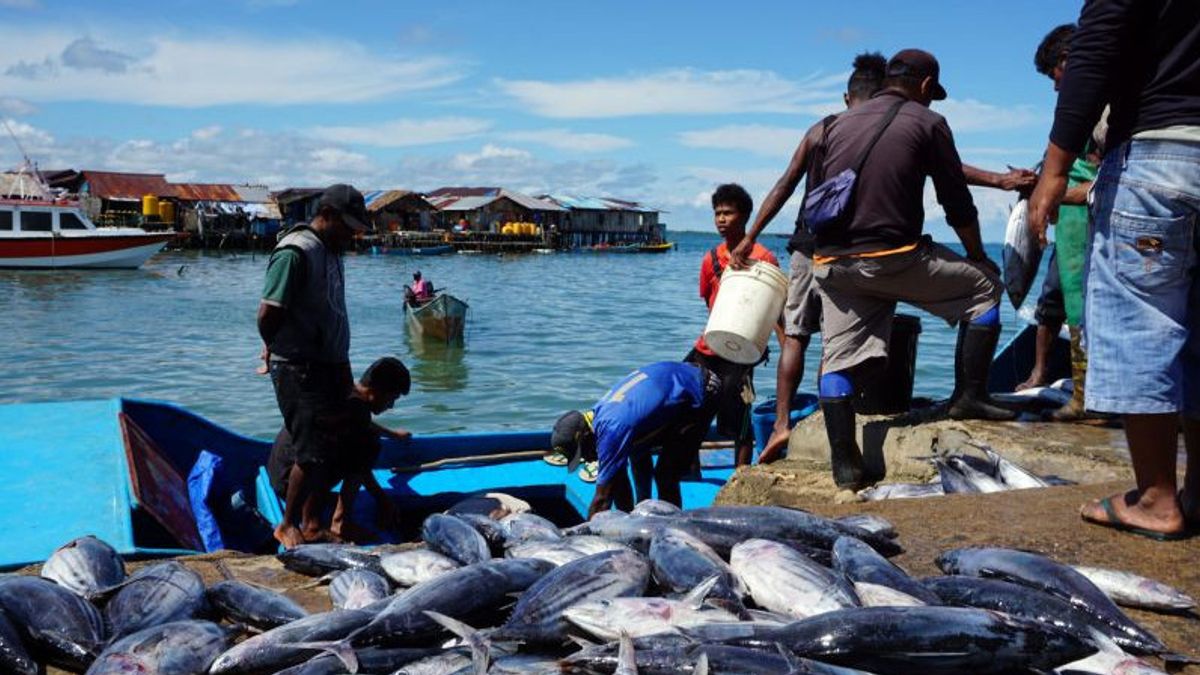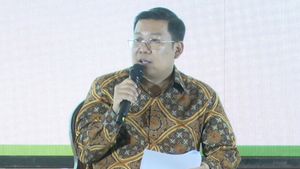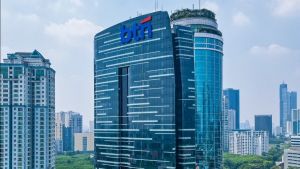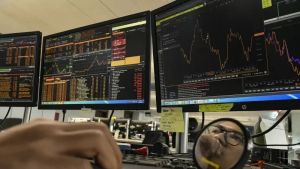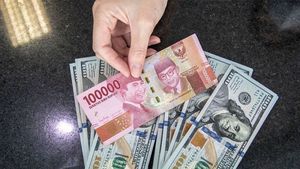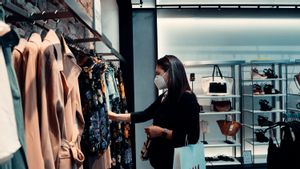JAKARTA - The results of the 2045 Indonesian Laboratory (Lab 45) research show that there are several challenges in the blue economy in the future. Starting from the pattern of resource management, regulations and inappropriate institutional design, to the prolonged effect of the disruption of the COVID-19 pandemic.
Head of the LAB 45, IPB, and Undip Research Collaboration Team Denny Nugroho Sugianto said the focus of the study was on what sectors needed to be a priority in optimizing the potential of the blue economy.
Not only that, said Denny, but also included private investment as an alternative to economic growth and improving people's welfare.
"Three sectors that consistently make the biggest contribution are fisheries, ESDM, and marine tourism. Meanwhile, high-potenity sectors such as water cultivation, mining, energy, and maritime service industry," Denny said in Webinar Lab 45 as quoted from an official statement in Jakarta, Tuesday, September 27.
In terms of institutional design, said Denny, the results of the study show that one sector can be managed by several ministries/agencies (K/L). In the renewable energy sector, six families take care of the seven kL marine conservation, management of small islands and coastal cities of 16 KL, as well as fisheries and cultivation of 13 KL.
Thus, continued Denny, this proves that the management of small islands, cultivation fisheries, and marine conservation is one of the interesting data for joint analysis.
Need to Balance Development
Meanwhile, Professor of the University of Indonesia, Dorodjatun Kuntjoro-Jakti, added that the main challenge for blue economy development is to balance the development of western Indonesia and eastern Indonesia.
Furthermore, Dorodjatun said this was a challenge because currently 56.1 percent of Indonesia's population is still concentrated on the island of Java. For this reason, the distribution of people that is evenly distributed to various important islands is important to do.
"Our job is to pay attention to the description of the distribution of the population according to the island, how we build the eastern region of Indonesia, how we move towards development that prioritizes the blue economy of all sectors in our maritime," said Dorodjatun.
The projected blue economy priority sector 2022-2045 stipulates the implementation carried out in three stages, namely the short term in 2022-2024, medium term in 2024-2029, and long term in 2029-2045.
On the same occasion, Expert Staff to the Minister of Maritime Affairs and Fisheries Budi Sulistiyo said the world's population is estimated to grow more than a third to 2050, so the United Nations Food and Agriculture Organization (FAO) predicts the world's protein needs will increase to seven percent.
"The marine resources, in this case, are fisheries as a source of economy and a source of protein, then how can we master this," said Budi.
He said the global demand for fish would double between 2020 and 2050. These requests will be more fulfilled from the production of aquaculture.
Therefore, he said, in meeting protein needs, cultivation fish have a fairly large opportunity. Aquaculture-based seafood is said to have a significant yield, which is 68 percent compared to other animal protein sources.
The English, Chinese, Japanese, Arabic, and French versions are automatically generated by the AI. So there may still be inaccuracies in translating, please always see Indonesian as our main language. (system supported by DigitalSiber.id)
